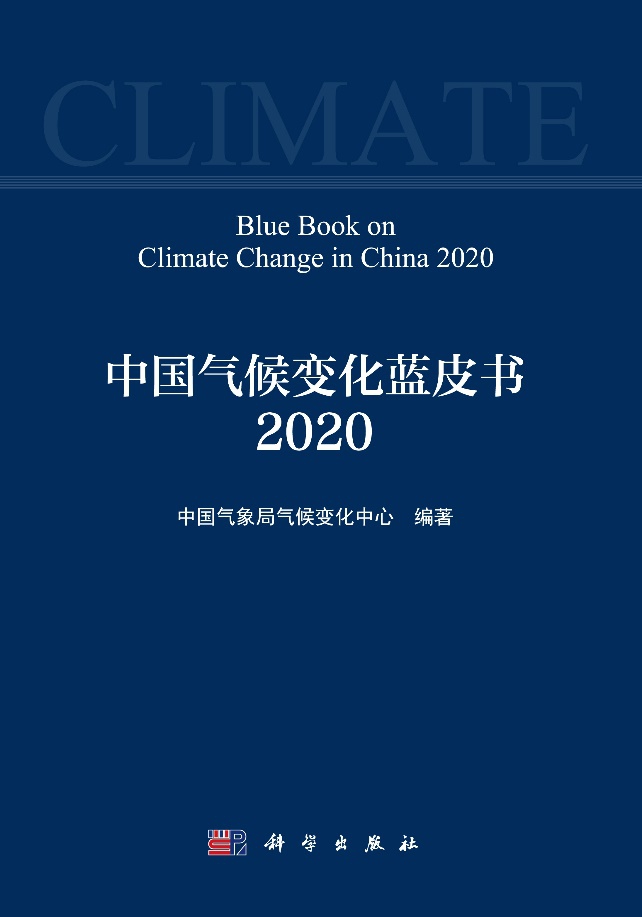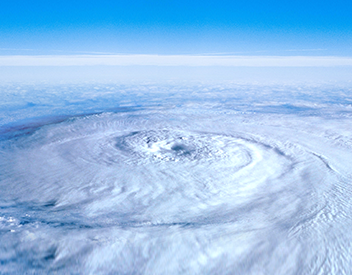On August 24, China Meteorological Administration (CMA) rolled out Blue Book on Climate Change in China 2020 (hereafter referred to as the Blue Book), which provided the latest monitoring information on the climate change status in China and the whole world from the aspects of atmosphere, hydrosphere, cryosphere, terrestrial biosphere and driving factors of climate change.
The Blue Book indicates that many key indicators of the climate system are taking on accelerating changes. China, as a region susceptible to climate change, is confronted with more extreme climate conditions, pronounced regional differences of precipitation changes, and more days of rainstorm. It boasts a bettering ecological climate but faces more unstable conditions in terms of regional ecological environment.
The Blue Book points out that the global average temperature in 2019 is 1.1℃ higher than that of pre-industrial levels, ranking second since the complete meteorological observation on record. Since the 1980s, every consecutive ten year has witnessed warmer conditions compared with the previous one decade. In 2019, land surface temperature on average in Asia comes second since the beginning of the 20th century. From 1951 to 2019, annual average temperature in China rises by 0.24℃ per decade, with the rate dramatically higher than the global average level in the same period.
From 1961 to 2019, annual average precipitation in China is on mild increase, with more extreme heavy rain events and more days of rainstorm. Precipitation changes in all regions take on noticeable differences.
According to the Blue Book, from 1870 to 2019, average global sea surface temperature has notably risen. In 2019, global average sea level is accelerating to rise. The sea level change in coastal regions of China is on volatile rise. The rate is higher than the global average level in the same period.
From 1960 to 2019, global mountain glaciers are in melting and retreating condition. The year 2019 is the most intense year of global glacier melt since 1960.
In recent years, vegetation coverage in China has steadily increased, and on greening trend. From 2020 to 2019, annual average NDBI in China has been on remarkable uptick. From 2015 to 2019, vegetation cover is the highest in five years since 2000.












